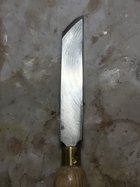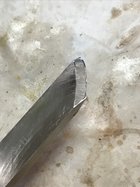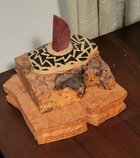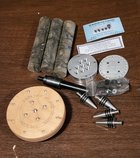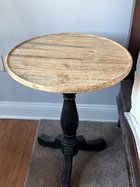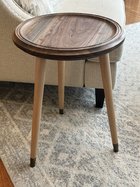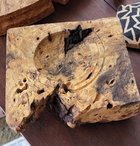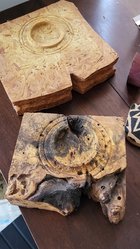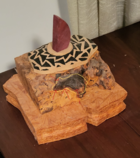I am currently making some small plates for practice (see whats on your lathe). They have a significant flat on the face. I am currently using my largest skew (1 inch) as a scraper to true this area up before sanding. I would rate the process a fairly good, but am wondering what others use? I also thought about making a tool out of a heavy plane blade (like for wooden or Krenov style planes). Maybe round the corners so they don't dig in, and turn a good burr on the edge. Maybe even modify the bevel so its closer to a scraper angle. I also thought of a Stanley style iron, but these are likely too thin and would chatter. Any and all advice appreciated.
Thanks. Be safe and stay well.
Barry W. Larson
Calgary, Alberta, Canada eh!
Thanks. Be safe and stay well.
Barry W. Larson
Calgary, Alberta, Canada eh!

